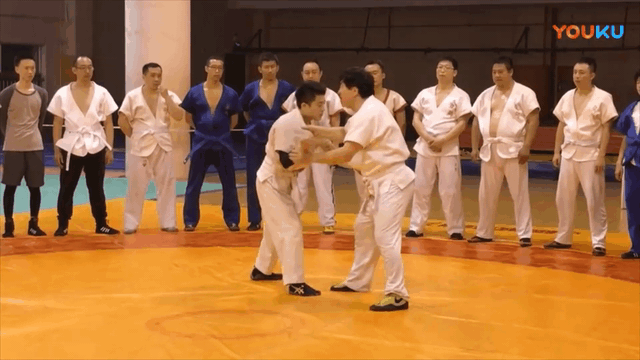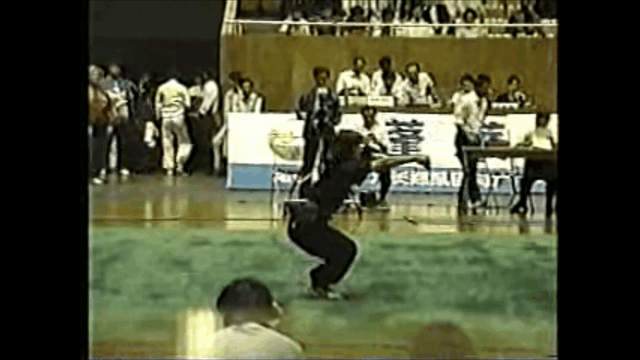Flying Crane
Sr. Grandmaster
It depends on what your forms teach and what purpose they serve. I can only speak from my own experience.So where is the point where you say each of the following:
- We don't have enough forms
- We could get by with what we have, but more would help
- We have enough forms, but a few more wouldn't hurt
- We have enough, we don't need any more
- WHY DO WE HAVE SO MANY????
Our forms are not just a dictionary of techniques. They are more of a way of practicing and reinforcing our fundamental principles, as expressed by our techniques. I don't believe it is realistic to expect that one can functionally use all of the techniques in our forms. But practicing them within the form acts to continually reinforce those principles under a wide variety to movement and situations. This ultimately gives one the ability to engage the principles when doing anything and everything, whether or not it is a "proper" technique. In my opinion, that is the ultimate goal: to effectively use your stuff with the principles that drive it and make it effective, in anything and everything that you do. And the forms are a useful tool (not the only tool) that helps you do so.
Once you have figured that out, it is arguable that you don't need to learn more forms. One could even argue that once the forms have served their purpose, you can discard them. I understand that argument, but my position is that those skills need constant honing, and the forms continue to be a useful tool for doing that.
However, I think that if you have figured this all out by the time you have learned say...five-eight forms, then you don't really need to learn five more. You have accomplished the goal; learning more forms may just be extra work and you would be better off spending your time on a smaller number of forms.
on the flip side, if you haven't figured this out by the time you have learned five-eight forms, then learning another seven forms may not help you. I would say you are simply missing something in the instruction. Perhaps the instruction is not of high quality, or perhaps you aren't working diligently enough at this, or perhaps the methodology is simply not a good match for you and you ought to pursue a different system, that does not use forms.
I have learned roughly one half to two-thirds of the forms in my system. I don't feel like I need any more. I would like to learn the rest for the sake of the completion of the system, but I don't honestly feel that I NEED them, and i recognize that the diligent practice of another bunch of forms would take additional valuable training time that I don't always have. I do feel that learning them could be beneficial while at the same time recognizing that i am not really missing anything by not having them. They all are designed to build and reinforce these same principles, through the expression of our techniques. You don't need 15 to get that done.


